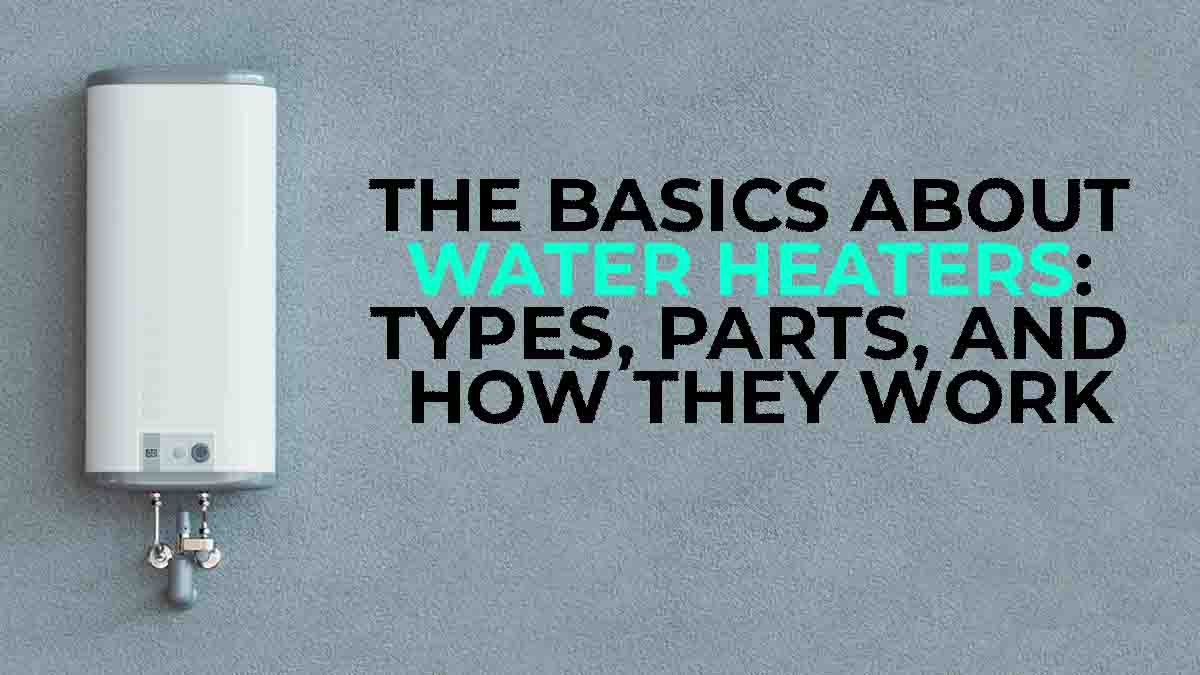
Water heaters come in various shapes and sizes, so it’s essential to understand the different types. This article will help you explore how water heaters work and what you should consider when buying one.
Water Heater Types
There are several types of water heaters:
- Tankless. These heaters use a tank filled with hot water as needed rather than relying on a continuous supply from your home’s plumbing system. Hence, tankless water heaters are more expensive than other types but can be installed wherever you want—even in an attic or crawlspace.
- Tank-based systems require you to always keep at least one full tank of water on hand. If you don’t run out before your next shower, this type is great because it only requires maintenance beyond filling up when necessary (or buying replacement filters).
However, live in an area where there isn’t much reliable electricity available during winter months or want more flexibility with how often you fill up your tank (say because someone else will be using hot water). This option might only be ideal for some.
- Heat pumps work like little air conditioners, transferring heat from one medium (air) into another (water). Some models use electricity directly, while others use only outside air through convection currents until those same currents hit cold surfaces inside buildings like walls and floors. Both methods lower costs than traditional electric baseboards, which pump refrigerant through coils wrapped around metal pipes running throughout homes’ attics or crawl spaces where excess cool air collects during summer months when temperatures rise above 80°F.
Water Heater Parts
Water heaters are made up of several different parts:
Tank – The tank is a large, cylindrical container that holds water to be heated and circulated through the system. This part can also be used as a sink or tub if you don’t have one.
Overflow pipe – Water heaters usually come with an overflow pipe to drain excess water from the tank when filling it with hot water for washing dishes or bathing pets.
Heat exchanger – This is where heat transfers from your gas or electric burners into the liquid in your heating unit (or vice versa). It is usually surrounded by insulation to keep it cool while circulating inside. This insulating layer must be replaced every few years due to wear and tear on components over time!
Thermostat – This controls how much electricity gets supplied by burning fuel/combustion products to create steam which then turns back onto itself through evaporation via the condensation moisture release process. This means some types need only small amounts, but others require more energy input than others.
How Water Heaters Work
You may have noticed that your water heater has a knob that you can turn to adjust the temperature. This is where you would set the water temperature in your house, called “temperature control.” A typical electric water heater will work by heating some water and then running it through coils inside the tank to make steam that turns into hot air. The hot air then heats another part of the tank, which also happens to be made out of metal and separated from other regions with insulation between them. The two pieces are connected by pipes inside this container (a “chamber”), so when they get heated up by one another, they heat all surrounding areas as well.
Why is it Important to Choose the Right Water Heater?
Choosing the right water heater is vital for several reasons:
- First, it will determine how much you pay in monthly bills.
- Second, it will affect how long your water heater lasts before needing to be replaced.
- Thirdly, this could reduce overall utility costs on an ongoing basis.
How to maintain a water heater properly?
A water heater is a common household appliance used to heat water for bathing, cleaning, cooking, and laundry. It is an essential part of your home’s heating system and can be gas or electric.
The tankless type uses a tankless water heater that heats up when you turn on the faucet, so it doesn’t need to be installed outside the house like in standard models. This means they’re much safer than traditional hot-water tanks since fewer moving parts could break down over time (and cause leaks).
A water heater is an essential element of any home.
Water heaters are essential to any home and can help you save money on your heating bill. But if you’re thinking about getting a new water heater, there’s one thing to remember: water heaters are only sometimes the most efficient way to heat water. They usually use energy inefficiently – so it’s essential to research what kind of heating system would be best for your needs before making any purchases or investments in this type of system. Professional plumbing experts can help you install and maintain your water heaters to make them last and work efficiently. So, don’t stay in the cold! You deserve to stay warm and comfortable in your very home.




